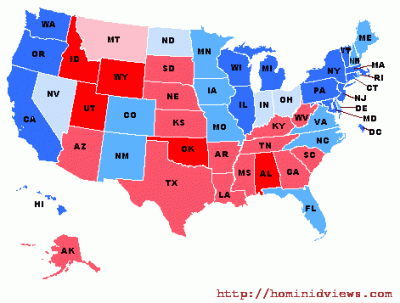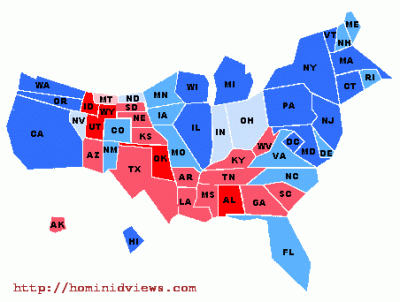The Secretary of State’s office sent out a memo yesterday trumpeting a record high voter registration mark of 3.6 million, up almost 100,000 above the previous record set in 2004. But if you look closely at the numbers, it’s likely the number of new, active voters is actually considerably higher.
Since the state launched a computerized database in January of 2006, about 482,000 registrations have been cancelled or made inactive, including about 160,000 duplicate, deceased or felon voters. As of mid-October, about 713,000 new or re-activated registrations were posted during the same time period.
It remains unclear how many valid registered voters were thrown off the rolls in this massive purge—no doubt there were some—and the issue of whether Washington’s harshest in the nation felon disenfranchisement laws comprise good public policy continues to be aggressively denied the public debate it deserves. On these and other issues we’ve seen zero leadership and less than optimal transparency from Secretary of State Sam Reed. But there is also no doubt that before the implementation of the federally mandated statewide voter registration database, the various county rolls were littered with erroneous, dead and duplicate registrations.
To be clear, actual polling place or mail-in voter fraud has remained virtually non-existent, with only a handful of cases prosecuted even after 2004’s intensely scrutinized and litigated gubernatorial election contest. But our voter registration numbers have long been overinflated with non-voters and bad data, so the number of new, likely voters on the rolls is most certainly several times higher than the Secretary of State’s 100,000 figure would imply.
Everybody expects voter turnout to be higher this year, but with the credit largely given to increased interest in the presidential race, there’s been a lot of speculation about whether this would translate to higher participation in down-ballot races. But I’m guessing that with the turnout calculations based on these cleaner rolls, turnout rates will be higher across the board.
We’ll see.



